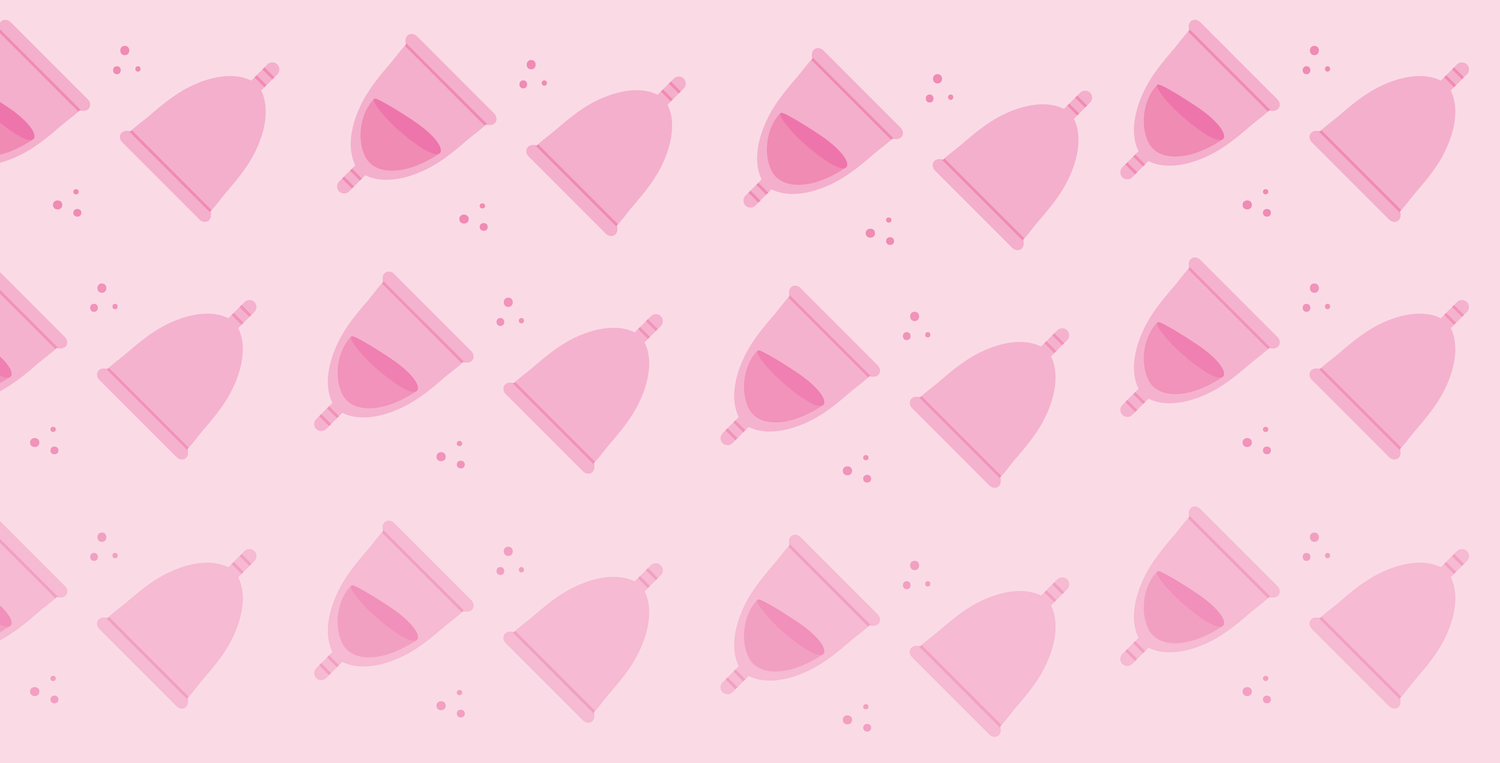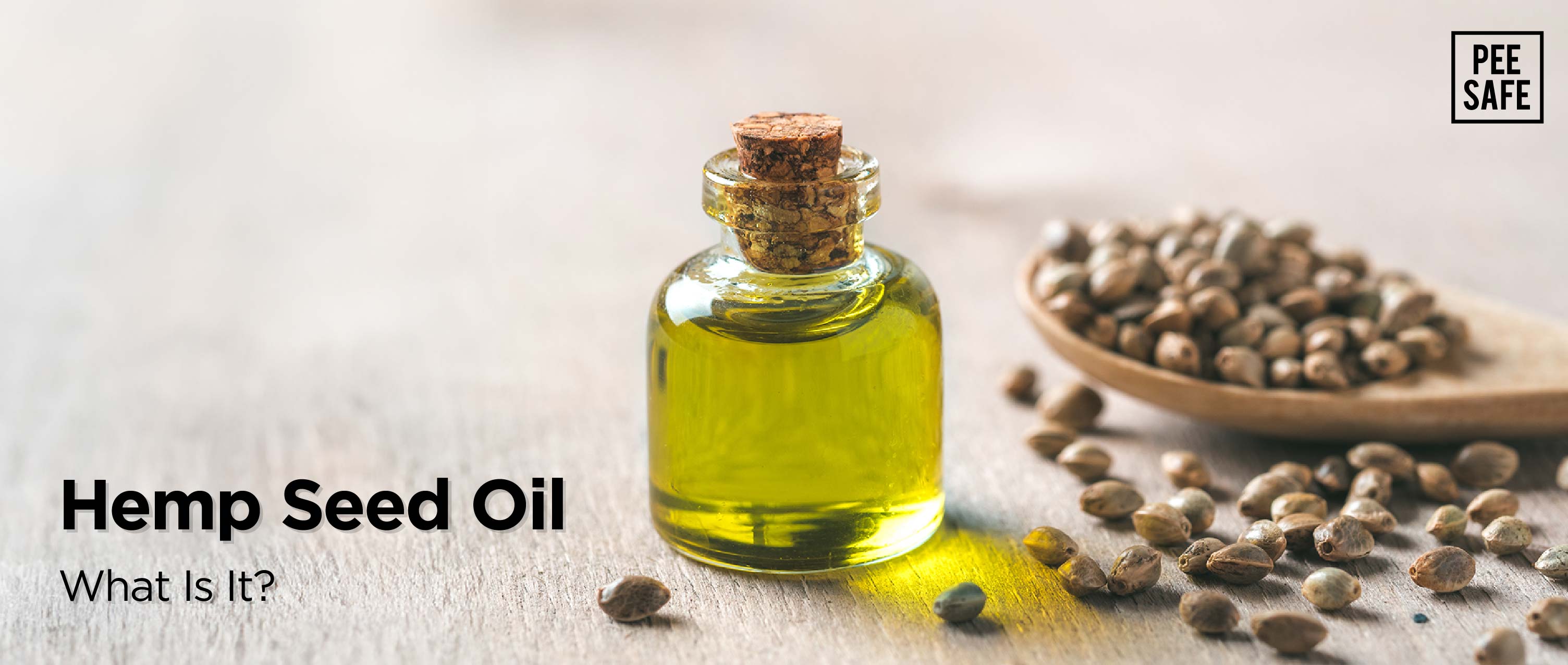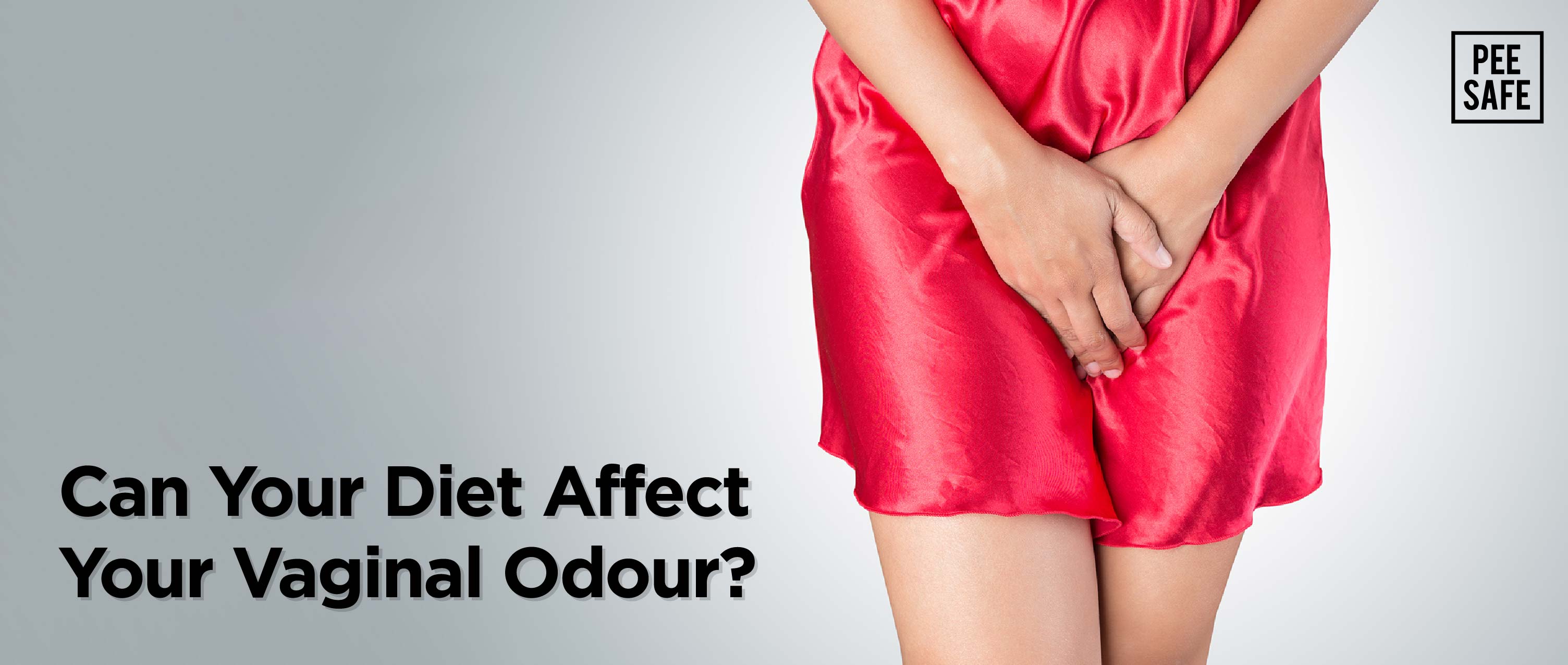It’s not distress, it’s de-stress.
A menstrual cup is a reusable menstrual product that is inserted into the vagina to collect period blood. It’s small, flexible, and is made of medical-grade silicone. When compared to pads and tampons, menstrual cups are a more comfortable and sustainable choice.
If you’re just getting started with a cup, here’s everything you need to know. You’ll also notice that when you buy and try a cup for the first time, it might get a little confusing. We’re talking about a few common problems you might face while figuring out a menstrual cup so that nothing comes in the way of a comfortable period.
“It’s Not Going In.”
As the menstrual cup has a round opening, it needs to be folded before you insert it. There are 7 different folds you can try on to see which one works best for you

Here are two other things to try if you’re having trouble inserting your cup:
- Take a deep breath. If you’re tense, then none of the folds or techniques might work. So first, relax and take deep breaths.
- Try inserting the menstrual cup while you’re in the shower, especially if it’s your first time.
- Are you on your period? If you’re trying to switch to a menstrual cup, it’s best to try and insert it only when you’re on your period, as your vagina is more lubricated during that time.
“I’m Not Sure If It’s Open. So, I’m Worried About The Leakage.”

Once the cup goes in, it makes a “pop” sound and opens inside. The opening of the cup will make sure that the cup collects all the blood and prevents any leakage. However, not everyone can hear the pop or feel the cup opening inside and hence, ends up wondering if the menstrual cup opened or not.
So, here’s what you can do to be sure:
- After you insert the cup, move your finger around it. If you feel a round shape (cup’s shape), it means that the cup is open. But, if you feel a dent or a fold, then it’s not open yet.
- Wait! Sometimes, the menstrual cup doesn’t open immediately. So, before you remove your cup and try again, give it 10-15 minutes to open. If it’s still not open, then remove it and clean it to make sure the tiny holes at the rim of the cup don’t have any period blood stuck in them.
If you still find yourself worrying about leakage, then the next thing to do is to trust the process. After a couple of tries with a menstrual cup, you’ll develop a knack for it.
“It Hurts.”

Ideally, your cup should sit comfortably in your vagina and not cause any pain or discomfort to you. But, if you’re experiencing pain, then there’s a good chance that you’ve got the wrong size. So, before you continue using the same cup or buying a new one, take a minute to check your cervix height for the right size.
Getting the menstrual cup right might be a steep learning curve, but once you get it right, it’s totally worth it. Once you figure it out, your every “I’m worried” will change to “Omg, this is really comfortable!”




























